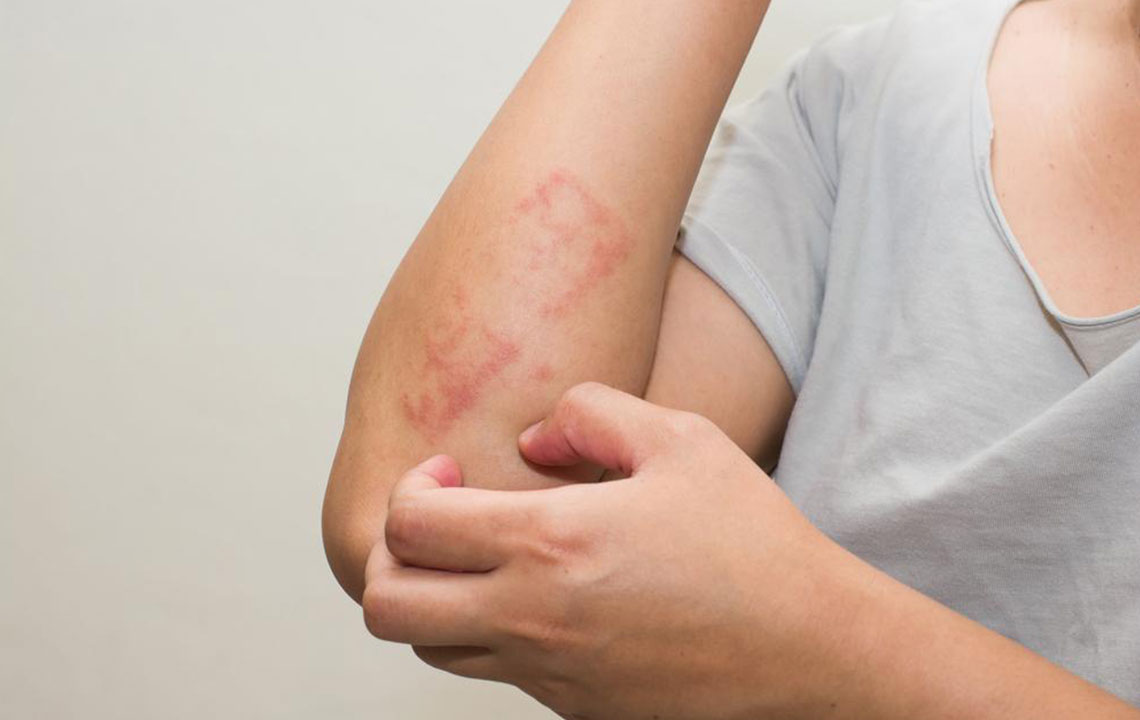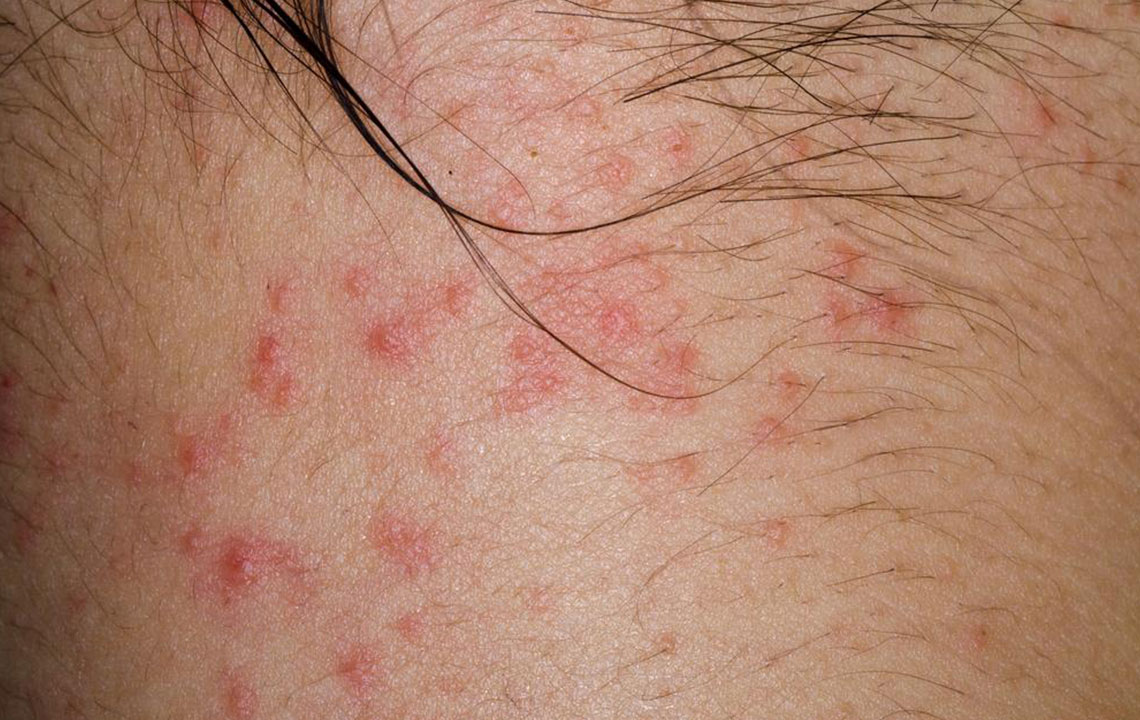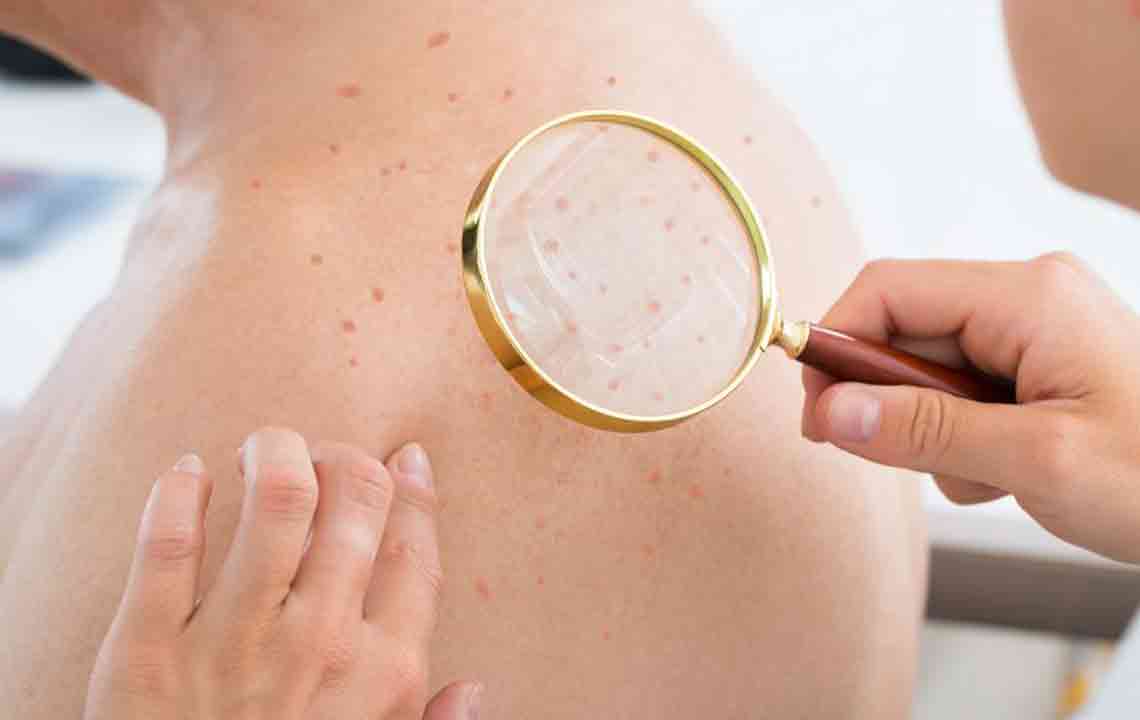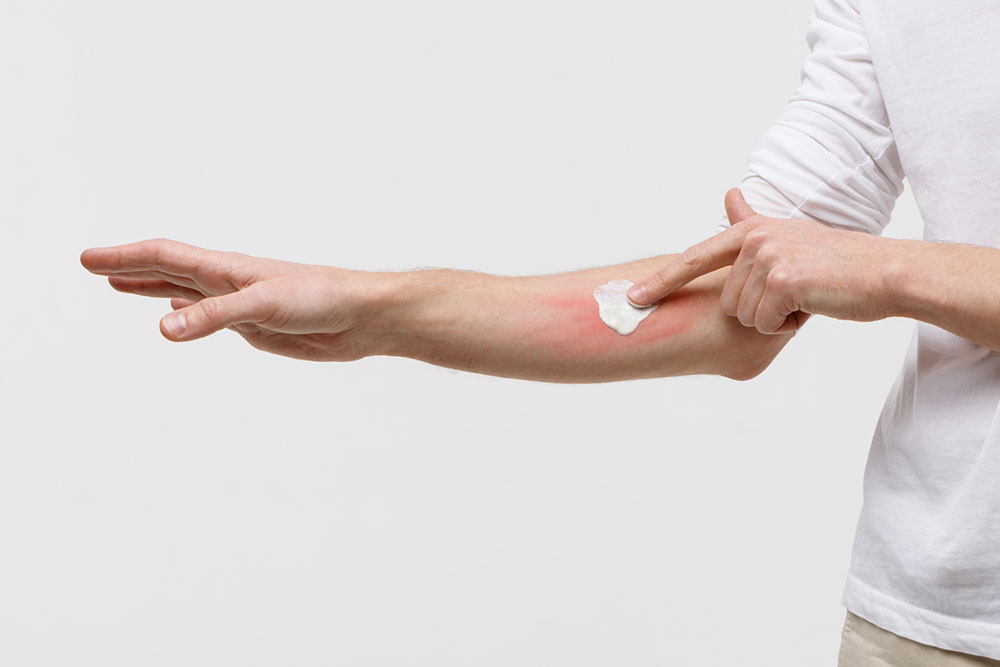Common Signs of Atopic Dermatitis and Effective Management Strategies
This article explores common signs of atopic dermatitis across different age groups and outlines practical management strategies. It emphasizes symptom recognition and offers treatment options to reduce discomfort, prevent complications, and improve skin health. Always seek professional healthcare advice for diagnosis and tailored treatment plans.

Understanding Typical Indicators of Atopic Dermatitis and How to Manage Them
Atopic dermatitis is a skin condition marked by redness, discomfort, itching, and swelling. Often inherited genetically, it is diagnosed through a history of allergies such as asthma or hay fever, along with visible skin rashes.
This condition mostly affects infants and young children but can occur at any age.
Signs and Symptoms
Dry, itchy, and painful skin.
Formation of small blisters filled with clear fluid.
Blisters may burst and develop into scabs over time.
The location and look of rashes may vary based on age.
In infants, rashes typically appear on the face and scalp, often causing discomfort and sleep disturbances as they scratch against fabrics.
In children over two years, rashes are common behind the knees, elbows, on the neck, wrists, ankles, or in the diaper area, starting as red, itchy patches that may thicken over time.
In adults, initial rashes tend to develop on the face and neck, leading to dry, itchy, and scaly skin, which may change in color over time.
Management Tips
Use barrier-repair moisturizers to soothe the skin and reduce scratching.
Avoid known triggers like wool, pollen, and other allergens.
For oozing or thickened skin, lukewarm bleach baths for 10 minutes can help.
Corticosteroids are recommended for severe flare-ups.
Antihistamines effectively reduce itching.
Vitamin D supplements and probiotics may improve symptoms.
Phototherapy using UV light can be considered if other treatments fail.
Goals of managing atopic dermatitis include alleviating discomfort, preventing infections, and stopping skin thickening.
Note:
This article provides general information about symptoms and treatments for atopic dermatitis. It should not replace professional medical advice. Always consult licensed healthcare providers for diagnosis and treatment options.










